By way of Dangerous Meta and H-Twins, a handy and interactive chart of the scale of the universe. “The real genius of the interface is the ability to scroll back to a familiar object like a car — the time spent scrolling helps to convey a sense of size and distance.”
Category: The Universe
Only One Absolute…Everything Freezes.

In the nearest reaches of space (a.k.a. the ISS), NASA scientists plan to create the coldest spot in the universe, in order to toy with the fabric of reality. “No one knows where this fundamental research will lead. Even the ‘practical’ applications listed by Thompson — quantum sensors, matter wave interferometers, and atomic lasers, just to name a few — sound like science fiction. ‘We’re entering the unknown,’ he says.’
Nova Close, Water Closer.
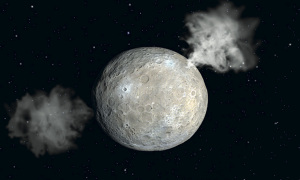
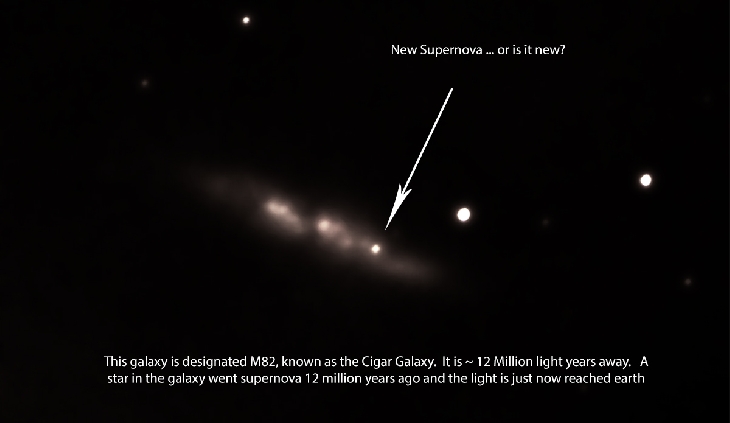
As A Matter of Fact, It’s All Dark.

Also in potentially earth-shattering space news, Stephen Hawking — “one of the creators of modern black-hole theory” — has released a new paper (not-yet-peer-reviewed) arguing that there are no black holes, really: Quantum theory suggests that matter eventually escapes from them. “A full explanation of the process, the physicist admits, would require a theory that successfully merges gravity with the other fundamental forces of nature. But that is a goal that has eluded physicists for nearly a century.”
All We Have is Now.

Time? What time do you think we have? As has been going around the Interweb, a series of intriguing timelines ranging from last year to the age of the universe. Among the interesting facts pointed out: “The T-Rex is closer in time to seeing a Justin Bieber concert than seeing a live stegosaurus.” Also: “When we refer to the most ancient of ancient history, we are still just talking about…less than 3% of the time that humans who look like us have existed.”
Uatu Degrasse Sagan.
(Klaatu barada nitko?) All that being said, one Comic-Con remake reveal I can get excited about — although “Executive Producer Seth McFarlane” gives me a moment of pause — is Neil DeGrasse Tyson’s upcoming 13-episode reboot of Cosmos.
“‘There’s never been a more important time for COSMOS to re-emerge than right now. I want to make this so entertaining, and so flashy, and so exciting that people who have no interest in science will watch just because it’s a spectacle,'” MacFarlane said in a news release.”
Quantum Echo.
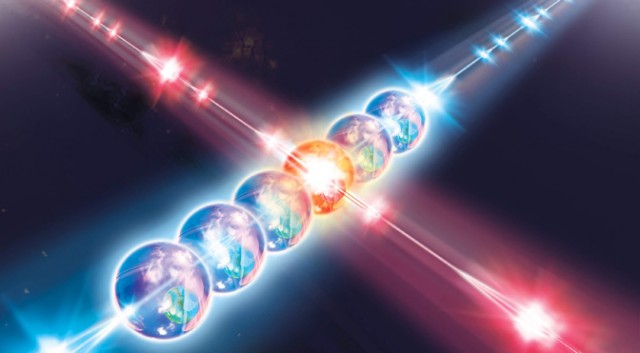
By utilizing (as I understand it) the transitive properties of quantum entanglement, scientists in Israel manage to link two photons that never exist at the same time. “It’s really neat because it shows more or less that quantum events are outside our everyday notions of space and time…This sort of thing opens up people’s minds and suddenly somebody has an idea to use it in quantum computing or something.”
The Secrets Beneath.
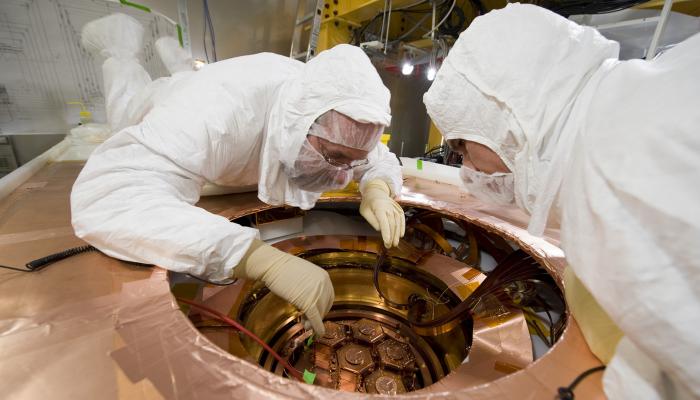
There are older things than Orcs in the deep places of the world: Symmetry Magazine checks in with the Cryogenic Dark Matter Search experiment happening a mile beneath Minnesota. As I’ve mentioned before, I came close to spending a summer in high school standing around a similar underground science project, searching for neutrinos. “The year 2013 should be an interesting one in the search for dark matter.”
Plancking the Universe | AMS Activate.
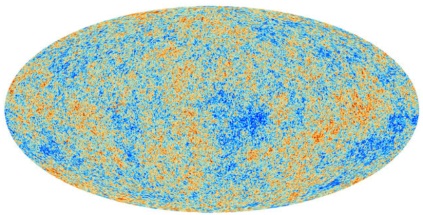
This came out while I was in Seattle and I’ve been meaning to catch up: By measuring the cosmic background radiation still extant from the Big Bang, the ESA’s Planck satellite gives us our most detailed map of the universe yet.
“[T]he new satellite data underscored the existence of puzzling anomalies that may yet lead theorists back to the drawing board. The universe appears to be slightly lumpier, with bigger and more hot and cold spots in the northern half of the sky as seen from Earth than toward the south, for example. And there is a large, unexplained cool spot in the northern hemisphere.”
I find these maps particularly fascinating because, as I said when NASA’s WMAP returned its data in 2003 (and here in 2002), I spent the summer of 1992 poring over the original COBE DMR version of this map for my high school senior thesis, in order to determine whether the radiation exhibited a fractal distribution. (And, honestly, how early 90’s is that?)
“‘A.M.S. has confirmed with exquisite precision and to high energy one of the most exciting mysteries in astrophysics and particle physics,’ said Justin Vandenbroucke, of the University of Wisconsin and Stanford’s SLAC National Accelerator Laboratory.” In related news, NASA’s recently-installed Alpha Magnetic Spectrometer on the ISS is helping physicists and cosmologists get to the bottom of the dark matter mystery.
The A.M.S. has “confirmed previous reports that local interstellar space is crackling with an unexplained abundance of high energy particles, especially positrons, the antimatter version of the familiar electrons that constitute electricity and chemistry…’Over the coming months, A.M.S. will be able to tell us conclusively whether these positrons are a signal for dark matter, or whether they have some other origin.’“
Across the Gulf of Space.
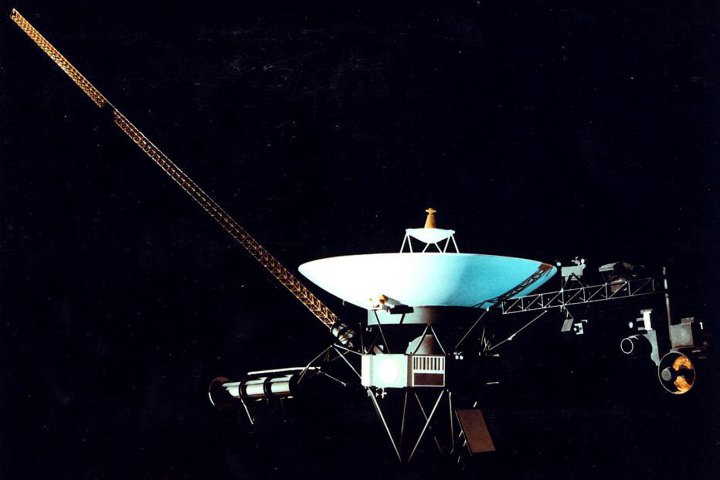
It’s been out in the fringe territories for a few years, but apparently now it’s official: Voyager I has left the Solar System. “We’re in a new region. And everything we’re measuring is different and exciting.”
Update: Belay that- NASA’s Voyager team says hold the champagne: “In December 2012, the Voyager science team reported that Voyager 1 is within a new region called ‘the magnetic highway’ where energetic particles changed dramatically. A change in the direction of the magnetic field is the last critical indicator of reaching interstellar space and that change of direction has not yet been observed.”
